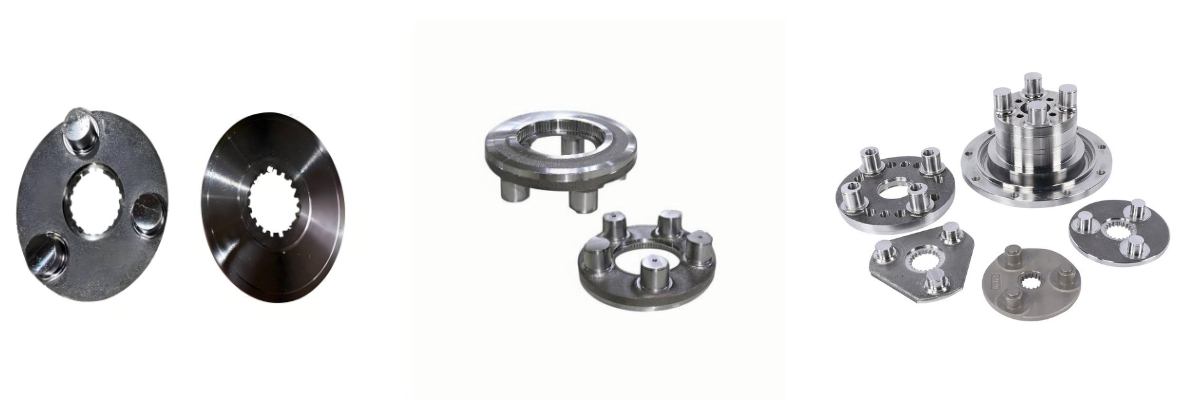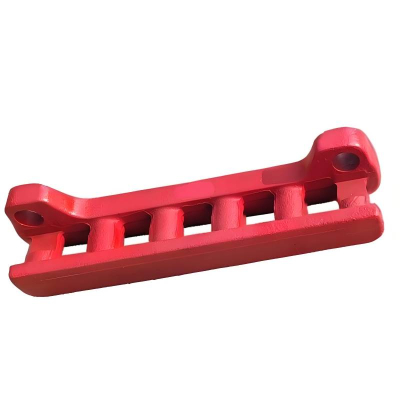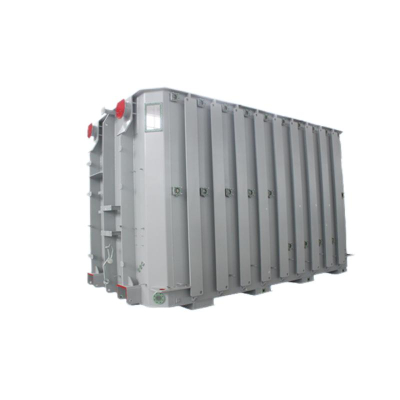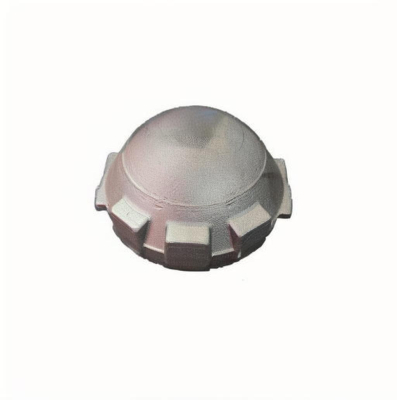Planetary Carrier: Unraveling its Key Role in Precision Machinery
Planetary Carrier: Unraveling its Key Role in Precision Machinery
In the field of precision machinery, the planetary carrier, although silent, is a crucial component. As the core of planetary gear systems, it is responsible for torque distribution, speed regulation and load management in a variety of industries, whether on a difficult construction site or a towering wind farm. The multiple roles of this component are amazing, and we will discuss structural innovations, industry-specific applications, and synergy effects with key components such as rotary reducers.
Beyond the Basics: The Engineering Marvel of Planetary Rack Design
Far more than a simple frame structure, the planetary carrier is an engineering masterpiece that combines strength, weight and precision. At its core is the fixed planetary gears, ensuring that they mesh seamlessly with the sun gears and ring gears to transfer power. Modern planetary carriers are different from traditional ones in that they are designed to be flexible and adaptable to meet the unique needs of fields such as the wind power industry and construction machinery.
Materials science plays a crucial role here. For construction machinery that needs to withstand heavy loads and constant vibration, manufacturers choose high-strength alloy steel to make planetary frames. These materials prevent deformation even when used in the heavy-load environment of an excavator or bulldozer. In contrast, the wind power sector requires lightweight and durable solutions, so planetary frames typically use advanced composites or heat-treated steel to withstand decades of rotation in a turbine gearbox that has suffered from severe weather.
Precision machining is another distinguishing feature of the planetary carrier. Its bearing holes and gear seats must be aligned at the micron level to avoid friction and energy loss. This precision ensures that the planetary carrier distributes torque evenly, whether in a rotary reducer or a wind turbine transmission, thus extending the life of the entire system.
Construction Machinery: The Role of Planetary Carriers in Heavy Work
Construction machinery is based on reliability, and the planetary carrier is the unsung hero among them. In the excavator, the planetary carrier sits at the heart of the hydraulic motor gear system, converting hydraulic power into the rotational motion of the bucket arm. When penetrating rock or soil, the planetary carrier must handle up to 10,000 Nm of instantaneous torque without being damaged.
Cranes are another example. Their lifting mechanism relies on a planetary gear system in which the planetary carrier switches between high speed (for positioning) and high torque (for lifting). The design of the planetary carrier here reduces the backhaul clearance and ensures precise control over the movement of the load. Even for small machines like skid loaders, the planetary carrier allows the compact gearbox to provide power without sacrificing maneuverability.
In construction machinery, slewing reducers rely on planetary racks. Whether in the superstructure of a crane turret or an excavator, the slewing reducer is responsible for the upper body of the rotating machinery, while the planetary rack in it ensures smooth, impact-free movement. Without a sturdy planetary rack, the slewing reducer will face premature wear and tear, resulting in high downtime costs on the construction site.
Wind power industry: How a planetary carrier can boost renewable energy efficiency
The wind industry relies on machinery that is constantly running and often located in remote locations, making the role of a planetary carrier indispensable. Wind turbines convert wind energy into electricity through a gearbox, where the planetary carrier acts as a bridge between low-speed rotors and high-speed generators. It boosts the speed from about 10-20 RPM (rotor) to 1,500 RPM (generator) while withstanding extreme torque.
What makes the planetary carrier in wind turbines unique is its focus on durability. A typical turbine has a service life of more than 20 years, so the planetary carrier must withstand the fatigue that comes with continuous rotation. Manufacturers solve this problem by using forged steel that is stronger than the casting and introducing lubrication channels to reduce friction. In addition, in wind turbines, the planetary carrier is designed to absorb shock and prevent resonance from causing damage to the gearbox - a lesson learned from earlier turbine failures.
The rotary reducer also plays an important role here: in the yaw system of the turbine, it relies on the planetary carrier to smoothly adjust the direction of the turbine. Even a slight misalignment can reduce energy output by 5-10%, making the accuracy of the planetary carrier crucial in the profitability of the wind farm.
The synergy effect with the rotary reducer: the planetary carrier as a cooperative force
Slewing reducers are everywhere - from crane towers to solar trackers, whose performance depends on planetary carriers. These reducers perform rotational motion at low speeds and high torque, and planetary carriers are a key component to achieve this. By distributing the load across multiple planetary gears, planetary carriers allow the slewing reducer to provide stable torque without overheating occurring.
In construction machinery, this synergy is particularly important. For example, in the slewing mechanism of an excavator, the slewing reducer utilizes a planetary carrier to rotate the superstructure. The planetary carrier ensures that torque is applied evenly, preventing the slewing reducer from getting stuck when the excavator rotates under load. In the wind power industry, the slewing reducer (which adjusts the blade angle) in the turbine pitch system relies on the planetary carrier for meticulous, precise motion to optimize energy capture, adjusting as wind speed changes.
The partnership also simplifies maintenance work. A planet carrier in a well-designed slewing gear reducer reduces wear on other components and reduces the frequency of replacement parts. For operators in the construction machinery and wind power industries, this means lower costs and higher uptime.
Conclusion
The humble but influential planetary carrier in precision machinery has adapted to the demanding demands of construction machinery and the relentless rotation of wind turbines. It continues to evolve through innovative design and materials science, and its close collaboration with rotary reducers further establishes its centrality in modern industrial systems. As industries pursue greater efficiency and durability, planetary carriers will continue to evolve, driving progress around the world inconspicuously.





